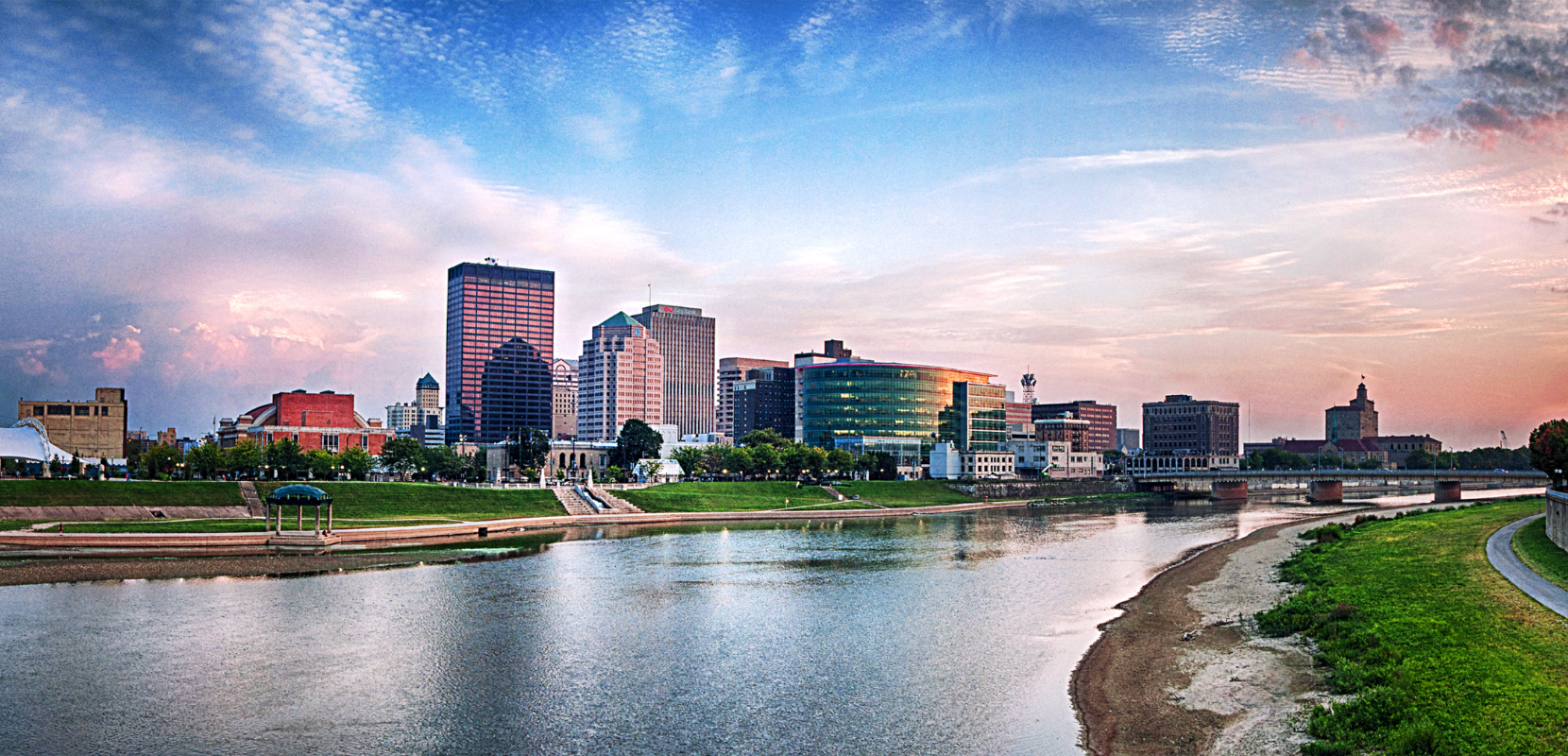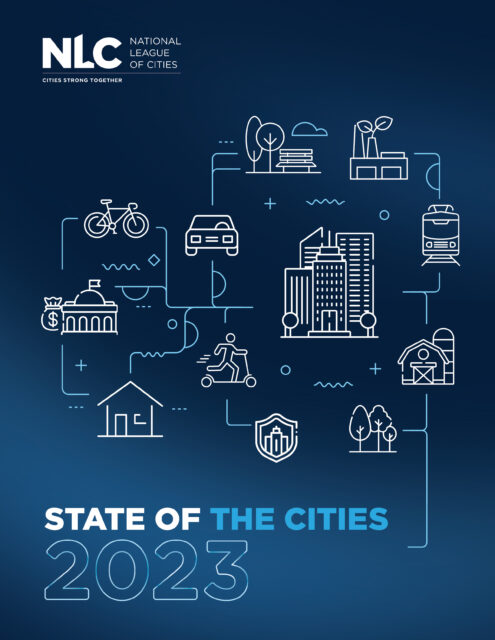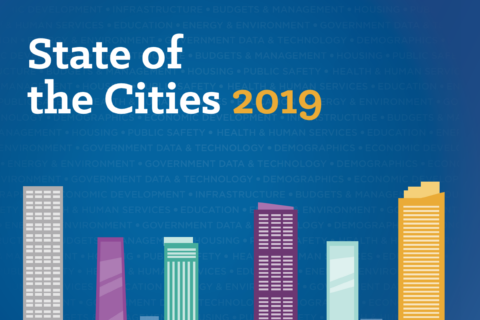The 2023 State of the Cities examines the most urgent challenges facing mayors and their municipalities. Their primary objectives and strategies include improving their citizens’ quality of life. The report’s authors examined data extracted from yearly speeches by mayors from a sample of U.S. cities, census data on U.S. cities and sentiments of residents in their cities.
To read the full introduction/executive summary and to learn more about the challenges facing mayors and their constituents, download the full report.
An analysis of mayoral speeches from various US cities showed that mayors maintain a positive outlook on the near-term future of their communities. Their top priorities are: Infrastructure, Budget & Management, Public Safety and Economic Development.

Mayors from across the country spoke about the importance of infrastructure improvements in their communities. Infrastructure is vital for the economic and social well-being of residents. Among the many infrastructure projects, priorities include widening roads, improving bike lanes, security lighting at bus stops, building pedestrian bridges, broadband, and improving water systems.
Mayors have also discussed the serious threat of climate change to the infrastructure of many American cities. Building climate-resilient infrastructure means designing and constructing assets and systems that can withstand and recover from the impacts of extreme weather events, such as floods, storms, droughts, heat waves and wildfires.

A handful of economists believe the U.S. economy is still facing the risk of recession due to a combination of factors that can significantly impact American cities and their budgets. For example:
- A recession may reduce cities’ tax revenues from income and sales taxes as unemployment rises and consumer spending falls.
- Inflation may increase the costs of public services and pensions but also diminish the purchasing power of residents.
- Financial system lending has declined after several major banks failed earlier this year. Consumer spending, which has been the economy’s main driver, has slowed down in the face of higher prices and interest rates. Business investment has also declined as firms face uncertainty and lower demand.
Given these conditions, the State of the Cities report shows that mayors remain conservative in their spending, adopting more conservative budgets, building safety-net funds, and diversifying their revenue sources and capitalizing on federal funding opportunities.

Public safety is a key concern for all communities across the United States. One of the most pressing public safety issues is gun violence, which claims the lives of tens of thousands of Americans every year and disproportionately affects communities of color. In response to these concerns, NLC created the Reimagining Public Safety Task Force to provide a space for local leaders to engage in dialogue and to develop recommendations to help cities create a new vision for community safety.
We are looking to end community violence with new strategies to address trauma and provide essential supports—from our Youth Safety Task Force to an alternative crisis response program with EMS and behavioral health services.

Mayors’ speeches indicate local leaders are seeing the connections between public safety, mental health, health services and economic development. The report demonstrates that municipal size can also influence the violent crime rate, as well as the management of agencies responsible for public safety. However, mayors are sometimes constrained when trying to govern the use of force requirements for law enforcement officers, establishing training standards and negotiating contracts.
The Lenexa Police Department takes a proactive approach to policing to help deter crime. You will regularly find officers out in the community actively engaging residents to build relationships and understand their needs and concerns.


Economic development continues to be a major speaking point for mayors. It is a vital component of urban planning and policymaking. Yet the economic development of cities across the United States is not uniform. While some cities thrive with high incomes, advanced infrastructure and diverse opportunities, others struggle with low wages, poor services and limited prospects. Governments across America are also struggling to recruit and retain government employees. Economic development indicators are myriad. This report uses various data to understand economic strength and development in cities across the country that include employment data, which provides a picture of productivity, income and welfare.
The report also examines data on parks and recreation areas that are important for the quality of life and a city’s economy that heavily influence various aspects of economic performance that include:
- Business attraction and retention
- Job creation
- Income generation
- Innovation and entrepreneurship
Investing in park and recreation facilities and programs is a wise strategy for fostering economic growth and competitiveness in a city.

For 2023, homelessness and housing insecurity are still among the top public safety concerns.
The most pressing problems include:
- Affordability
- Supply
- Homelessness
- Evictions
- Displacement
Our 2023-24 budget invests a record-setting $372 million dollars in community safety and $101 million dollars in housing and homelessness. We want this plan to be guided by community voices and perspectives.

The National Low Income Housing Coalition states there is a need for 6.8 million affordable rental homes for low-income renters in the U.S. According to the White House Council of Economic Advisers, the U.S. housing market is experiencing a severe shortage of available and affordable units, contributing to rising rents and home prices, increased homelessness, and reduced economic mobility.
The most affected regions in the U.S. include the Northeast and the West which have higher population densities, lower vacancy rates, and more restrictive land use regulations than other regions, limiting new housing construction. This imbalance between supply and demand drives up housing prices in these regions, leading to higher housing costs (as a percentage of income), and lower housing affordability levels.
To build a better tomorrow, we must have more affordable housing, accessible in every neighborhood at every income level.

The State of the Cities report provides valuable insight into the challenges and opportunities facing America’s cities, towns and villages, and their visions and plans for the future. By analyzing a wide range of data, including the annual speeches of mayors from different sizes of municipal governments and regions, this year’s report reveals the common themes and priorities that local leaders share, and the unique perspectives and solutions they bring to challenges.







